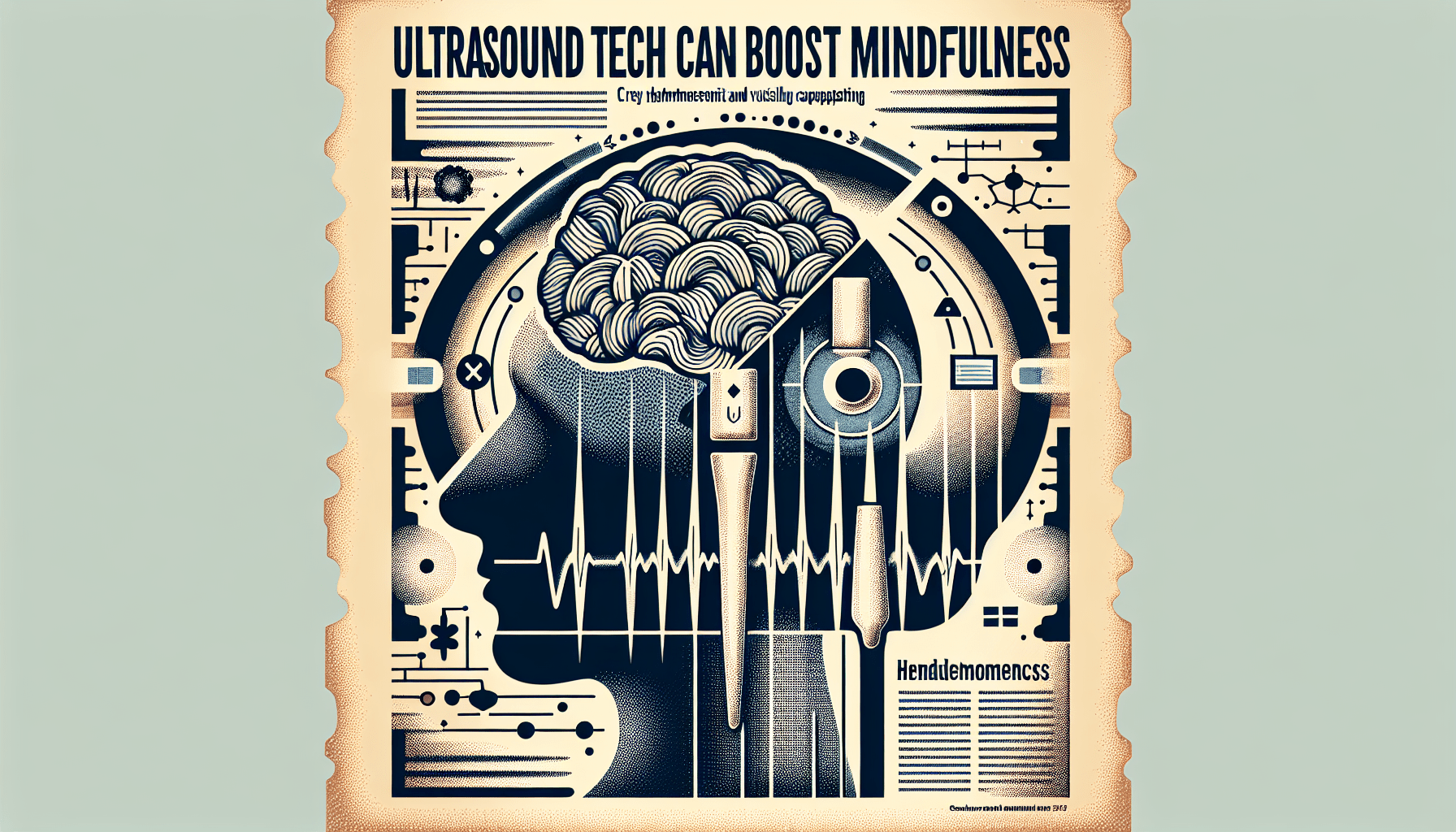Have you ever felt overwhelmed by the constant swirl of activities and responsibilities demanding your attention every single day? You’re certainly not alone. Many people find themselves caught in a never-ending cycle of work, errands, and social obligations, which can result in heightened stress and anxiety. Amid this whirlwind, it’s crucial to remember that taking care of yourself isn’t a luxury—it’s a necessity.
Understanding Mindfulness
What is Mindfulness?
Mindfulness is the practice of being fully present in the moment, aware of where you are and what you’re doing, without becoming overly reactive or overwhelmed by surrounding events. It’s about observing your thoughts and feelings without judgment, which in turn helps to reduce stress, improve focus, and enhance overall well-being.
Benefits of Mindfulness
Mindfulness offers numerous benefits. These include:
- Stress Reduction: Being present can help lower cortisol levels, the hormone associated with stress.
- Improved Mental Clarity: Mindfulness can enhance your focus and cognitive function.
- Emotional Regulation: Mindfulness teaches you how to respond thoughtfully rather than react impulsively.
- Better Physical Health: Studies have shown that mindfulness can improve sleep, reduce pain, and even enhance immune function.
Why Mindfulness Matters
The Modern Dilemma
In today’s fast-paced society, where there’s relentless pressure to multitask and achieve, mindfulness can provide a much-needed respite. Constantly switching between tasks can fragment your attention, making it harder to complete one task efficiently. This chronic multitasking can lead to burnout, decreased productivity, and even mental health issues.
Scientific Backing
Research supports the effectiveness of mindfulness. According to a seminal study by Dr. Jon Kabat-Zinn, the founder of Mindfulness-Based Stress Reduction (MBSR), participants who practiced mindfulness reported significant reductions in psychological distress. MRI scans have shown that mindfulness practice can actually rewire the brain, increasing grey matter in areas associated with learning, memory, and emotional regulation.

Implementing Mindfulness in Daily Life
Morning Routine
Start your day with intention. A mindful morning routine can set a positive tone for the rest of the day.
- Breathing Exercises: Spend five minutes focused on your breath. Inhale deeply, hold, and then exhale slowly.
- Mindful Eating: Whether it’s your morning coffee or breakfast, pay attention to the taste, texture, and aroma of what you consume.
Mindfulness at Work
Work can be a major source of stress, but incorporating mindfulness into your workday can help you stay grounded.
- Mindful Breaks: Take short breaks to stretch, breathe, and re-center yourself.
- Single-Tasking: Commit to focusing on one task at a time. This can improve productivity and reduce feelings of overwhelm.
Evening Wind-Down
Ending your day mindfully ensures that you go to bed relaxed and ready for restorative sleep.
- Reflective Journaling: Spend a few minutes reflecting on your day. What went well? What could be improved?
- Mindful Movement: Gentle yoga or stretching can help release the tension built up during the day.
Mindful Practices to Incorporate
Breathing Exercises
Simple yet powerful, focusing on your breath can anchor you to the present moment.
- 4-7-8 Technique: Inhale for 4 seconds, hold for 7 seconds, exhale for 8 seconds.
- Box Breathing: Inhale for 4 seconds, hold for 4 seconds, exhale for 4 seconds, pause for 4 seconds.
Body Scan Meditation
This practice involves mentally scanning your body from head to toe, paying special attention to areas where you hold tension.
Guided Meditations
Listening to a guided meditation can help those who are new to mindfulness. There are numerous apps and resources available that offer a variety of guided sessions.
Practical Tips for Sustaining Mindfulness
Start Small
Begin with just a few minutes of mindfulness each day. As you become more comfortable, gradually increase the length of your practice.
Use Reminders
Set reminders on your phone or leave sticky notes around your living space to prompt you to practice mindfulness throughout the day.
Incorporate Mindfulness into Routine Activities
Mindfulness doesn’t always require sitting in meditation. You can practice it during routine activities like washing dishes or walking the dog by focusing fully on the task at hand.
Overcoming Challenges
Dealing with Distractions
Distractions are inevitable. When your mind wanders, gently bring your focus back to the present moment without self-criticism.
Consistency is Key
Like any new habit, consistency is crucial. Try to practice mindfulness at the same time each day to build a routine.
Seek Support
Consider joining a mindfulness group or finding a buddy to practice with. Sharing your experiences can provide motivation and accountability.
Mindfulness in Relationships
Active Listening
Mindfulness can significantly improve your interpersonal relationships. Practice active listening by fully concentrating on what the other person is saying without planning your response while they’re still talking.
Compassionate Communication
Respond with empathy and without judgment. This strengthens your emotional connection and builds trust.
The Role of Technology
Mindfulness Apps
There are numerous apps designed to help you practice mindfulness, such as Headspace, Calm, and Insight Timer. They offer guided meditations, breathing exercises, and even mindfulness courses.
Digital Detox
Take breaks from technology to reconnect with the present moment. Set boundaries for screen time, especially before bed, to improve mental clarity and sleep quality.
Mindfulness in Special Circumstances
During Stressful Situations
Mindfulness can be particularly beneficial during times of high stress. Techniques like deep breathing, body scan meditation, and grounding exercises can help mitigate anxiety.
Chronic Illness
For those dealing with chronic illness, mindfulness can offer relief from symptoms and improve overall quality of life. Practices like mindful breathing and body awareness can help manage pain and reduce the emotional toll of chronic conditions.
Integrating Mindfulness into Cultural Practices
Mindfulness in Different Cultures
Mindfulness isn’t exclusive to any one culture or religion. It has roots in various traditions, including Buddhism, Hinduism, and even Indigenous practices.
Adapting Mindfulness to Your Beliefs
Feel free to adapt mindfulness practices to fit within your own spiritual or cultural belief systems. Whether it’s through prayer, meditation, or other forms of connection, mindfulness can be a versatile tool.
Real-Life Success Stories
Individuals
Many people have transformed their lives through mindfulness. Stories abound of individuals who have overcome anxiety, improved their professional and personal relationships, and achieved a more balanced life through regular practice.
Corporations
Companies like Google and Apple have incorporated mindfulness programs to enhance employee well-being and productivity. These initiatives have resulted in happier, more focused employees and a more positive work environment.
Table: Weekly Mindfulness Schedule
| Day | Morning Practice | Work Practice | Evening Practice |
|---|---|---|---|
| Monday | Breathing Exercises (5 min) | Single-Tasking | Reflective Journaling |
| Tuesday | Mindful Eating | Mindful Breaks | Mindful Movement (Yoga) |
| Wednesday | Body Scan Meditation | Mini-Meditation (2-5 min) | Reading a Book Mindfully |
| Thursday | Guided Meditation (10 min) | Gratitude Practice | Deep Breathing Exercises |
| Friday | Affirmations | Stress Ball Squeeze | Soothing Music and Relaxation |
| Saturday | Nature Walk | Digital Detox | Family Time |
| Sunday | Free Write Journaling | Organizational Planning | Reflective Journaling |
Conclusion
Incorporating mindfulness into your daily life may initially seem challenging, especially with a packed schedule. However, even a few minutes of practice each day can lead to significant benefits for both your mental and physical well-being. By taking small steps to become more mindful, such as practicing meditation, mindful eating, or simply taking a deep breath, you are making a positive commitment to your health. Remember, the journey to mindfulness is personal and unique to you—there is no right or wrong way to start. Take it one moment at a time, and you will likely find yourself feeling more balanced, focused, and at peace.





